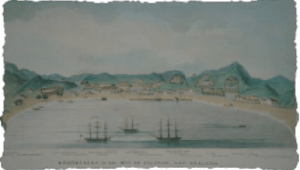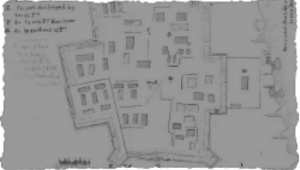
The Northern War



The Battle of Te Ruapekapeka was the last of a series of clashes collectively known as The Northern War (1845-6). The conflict involved the British, the Ngāpuhi, as well as other Māori iwi (tribes) of the northern North Island. The Māori warriors were fighting for their rights guaranteed under Te Tiriti o Waitangi (The Treaty of Waitangi). The British were attempting to suppress the “natives” rebelling against the Crown.

However, the Northern War was not a straightforward case of Māori fighting the Crown; it was also a war between factions of Ngāpuhi. A faction under Tāmati Wāka Nene fought alongside the British, against their political opponents.
During the Northern War, the British, assisted by Ngāpuhi allies, conducted five campaigns against Māori pā. Twice they destroyed pā that were not actively defended (Pōmare’s Pā and the Te Kapotai pā at Waikare). Te Kahika, Ōhaeawai and Ruapekapeka Pā were different. These were not lightly fortified villages. They were “gunfighter” pā of ingenious and effective design, manned by warriors ready to fight.
The British failed in their attempt to take Te Kahika, cleverly outmanoeuvred by Heke’s forces within the pā and Kawiti’s without. At Ōhaeawai, the British hopelessly underestimated the strength of the defences, which cost them very dearly.
The outcome at Ruapekapeka – indeed for the entire war – barely qualifies as a victory for the British. At the time, the British certainly claimed a great victory. They did capture Ruapekapeka Pā (albeit in a not-very-glorious manner). However, they did not achieve their primary objectives: to kill or capture Heke and Kawiti and to annihilate the “rebel” forces.














